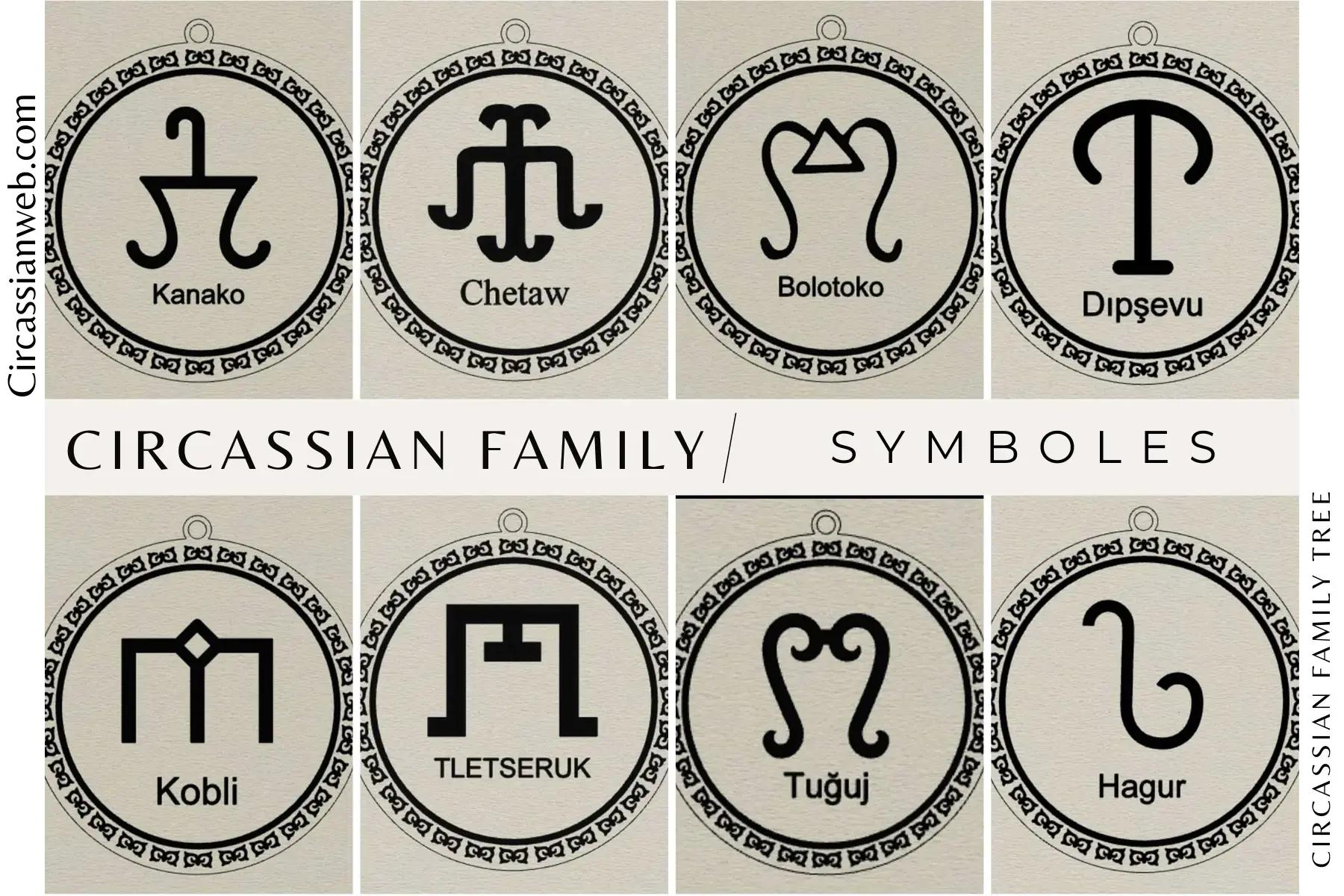Adyghe language | Wikipedia audio article
This is an audio version of the Wikipedia Article:
Adyghe language
00:02:08 1 Dialects
00:03:33 2 Phonology
00:04:59 3 Grammar
00:05:18 4 Alphabet
00:05:29 5 Orthography
00:05:38 5.1 Labialised consonants
00:06:04 5.2 Writing system rules
00:09:28 5.3 Vowels
00:09:53 6 Writing systems
00:10:16 7 Adyghe outside Circassia
00:11:10 8 Publications
00:11:28 9 UNESCO 2009 map of endangered languages
00:12:00 10 Sample text
00:13:27 10.1 Example
00:13:47 11 See also
Listening is a more natural way of learning, when compared to reading. Written language only began at around 3200 BC, but spoken language has existed long ago.
Learning by listening is a great way to:
- increases imagination and understanding
- improves your listening skills
- improves your own spoken accent
- learn while on the move
- reduce eye strain
Now learn the vast amount of general knowledge available on Wikipedia through audio (audio article). You could even learn subconsciously by playing the audio while you are sleeping! If you are planning to listen a lot, you could try using a bone conduction headphone, or a standard speaker instead of an earphone.
You can find other Wikipedia audio articles too at:
https://www.youtube.com/channe....l/UCuKfABj2eGyjH3ntP
You can upload your own Wikipedia articles through:
https://github.com/nodef/wikipedia-tts
"The only true wisdom is in knowing you know nothing."
- Socrates
SUMMARY
=======
Adyghe ( or ; Adyghe: Адыгабзэ, translit. Adygabzæ [aːdəɣaːbza]), also known as West Circassian (КӀахыбзэ, K’axybzæ), is one of the two official languages of the Republic of Adygea in the Russian Federation, the other being Russian. It is spoken by various tribes of the Adyghe people: Abzekh, Adamey, Bzhedug, Hatuqwai, Temirgoy, Mamkhegh, Natekuay, Shapsug, Zhaney and Yegerikuay, each with its own dialect. The language is referred to by its speakers as Adygebze or Adəgăbză, and alternatively transliterated in English as Adygean, Adygeyan or Adygei. The literary language is based on the Temirgoy dialect.
There are apparently around 128,000 speakers of Adyghe in Russia, almost all of them native speakers. In total, some 300,000 speak it worldwide. The largest Adyghe-speaking community is in Turkey, spoken by the post Russian–Circassian War (circa 1763–1864) diaspora; in addition to that, the Adyghe language is spoken by the Cherkesogai in Krasnodar Krai.
Adyghe belongs to the family of Northwest Caucasian languages. Kabardian (also known as East Circassian) is a very close relative, treated by some as a dialect of Adyghe or of an overarching Circassian language. Ubykh, Abkhaz and Abaza are somewhat more distantly related to Adyghe.
The language was standardised after the October Revolution in 1917. Since 1936, the Cyrillic script has been used to write Adyghe. Before that, an Arabic-based alphabet was used together with the Latin. In recent years, use of the Latin script has seen a resurgence, particularly among Circassian Nationalists. Originally unstandardised, all dialects of Adyghe are now included in the ICSLO (Indigenous Caucasian Standard Latin Orthography), providing a standardised Latin script that is gaining popularity. (The ICSLO treats Kabardian as a dialect of Adyghe, so Kabardian-exclusive consonants such as the labiodental ejective fricative are also represented in its Adyghe Latin script.)


![Megan Thee Stallion - Broke His Heart [Official Audio]](https://i.ytimg.com/vi/N8FBY-9_MHE/maxresdefault.jpg)



















